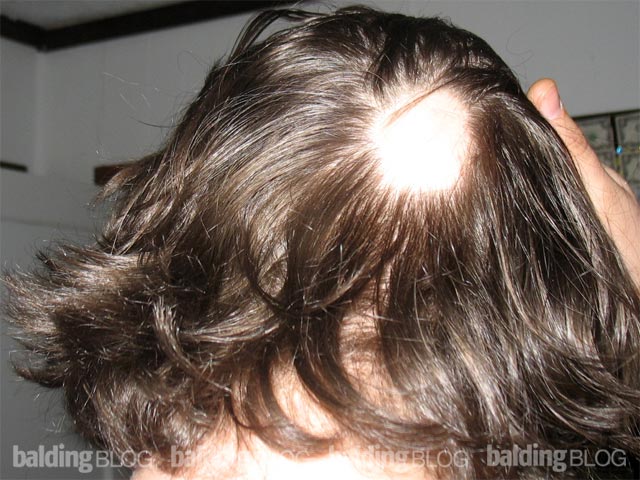Would you please explain what Cicatricial (scarring) alopecia is? What can be done for it if lichen planus caused it? Thank you!
Cicatricial alopecia is one of the two major categories for hair loss (alopecia). It stems from an autoimmune process and is found in many types of non-genetic alopecias. The etiology for the way cicatricial alopecia works has not been well defined.
Included in this group are:
- Lichen planopilaris: Lichen planopilaris is the name given to the skin condition lichen planus, when it occurs on the scalp. It often presents as purplish bumps or red to purple rims around hair follicles and can be associated with the skin conditions as well.
- Frontal fibrosing alopecia: This condition is more common in postmenopausal women. It looks a little like androgenetic alopecia, but instead of lots of fine miniaturized hair there are large spaces between hair follicles of normal diameter. A scalp biopsy will reveal many immune cells around hair follicles that are in the process of destroying them.
- Pseudopelade: This is a form of scarring alopecia that looks like alopecia areata in is general shape. It is not a specific disease but rather a pattern of any old or “burnt out” scarring alopecia, due to a variety of causes.
- Dissecting cellulitis of the scalp: This condition is characterized by multiple pustules and large cystic nodules in the scalp and can be associated with severe facial acne. This most commonly occurs at the back of the scalp and on the vertex. It is much more common in people of African descent. After years of this condition a scarring hair loss often ensues.
A scalp biopsy can readily determine if hair loss is non-scarring or scarring and therefore permanent. However, determining exactly which scarring condition caused the hair loss can be difficult.
The bottom line is that if you are experiencing hair loss, it is important to see your doctor to determine exactly what type it is and whether it’s treatable. And if it is treatable, to start your treatment as soon as possible so that permanent hair loss may be prevented.


 The above is a snippet from an
The above is a snippet from an  That’s great for you! I am publishing your comments since you claim the LaserComb had value and I believe that sharing your experience with others is important. I wish I would receive more such positive comments about this type of technology and maybe your “insightful” note will get others to write about their experiences. I don’t think that you should be angry with me for voicing my opinion, as I am not angry or threatened by yours. I find it funny that some anonymous people feel they need to attack me for voicing an opinion on my own website. Unless you’re an employee with the manufacturer or investor in the product, I don’t understand why you’d be so personally connected that you think you need to defend it.
That’s great for you! I am publishing your comments since you claim the LaserComb had value and I believe that sharing your experience with others is important. I wish I would receive more such positive comments about this type of technology and maybe your “insightful” note will get others to write about their experiences. I don’t think that you should be angry with me for voicing my opinion, as I am not angry or threatened by yours. I find it funny that some anonymous people feel they need to attack me for voicing an opinion on my own website. Unless you’re an employee with the manufacturer or investor in the product, I don’t understand why you’d be so personally connected that you think you need to defend it.